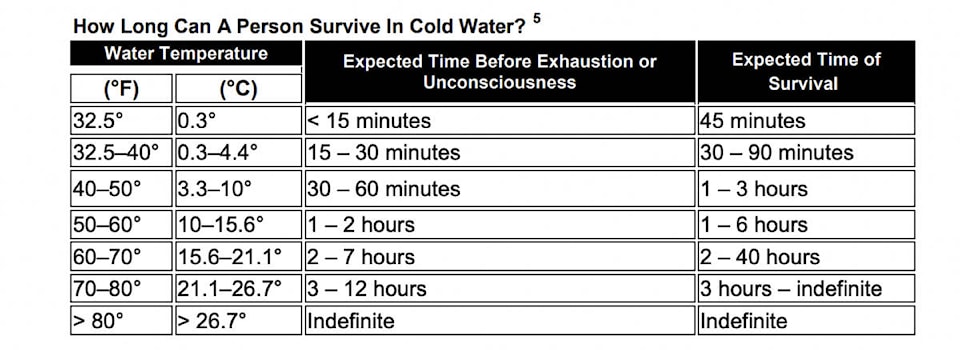A video is floating around social media depicting a person riding an ice floe down the Fraser River through Quesnel.
It was put onto TikTok on about April 7 through an account called ColtonWilliams151. While some viewers questioned the authenticity of the video, citing everything from the appearance of trees to the amount of ice in the river, police have confirmed that the incident was real.
“This event occurred on April 6, 2023 around 5:04 p.m.,” said Quesnel RCMP spokesperson Sgt. Clay Kronebusch. “A 34-year-old male was observed floating down the river on a chunk of ice. Police received several calls concerned about the male’s safety. The male floated to shore on his own, unharmed, and police confirmed he was safe. Police would like to caution people that this sort of action is dangerous due to the water temperatures and strong currents and recommend people stay off the ice on the river.”
While the incident could be interpreted as amazing or even humourous, the amount of danger the man was in, and the danger and effort that would need to be taken on by emergency responders in the event he fell in, would nullify all that.
If water is still, and slightly warmer than freezing temperature, it would take the average human only minutes to enter a state of hypothermia.
“Generally, a person can survive in 41-degree F (5-degree C) water for 10, 15 or 20 minutes before the muscles get weak, you lose coordination and strength, which happens because the blood moves away from the extremities and toward the center, or core, of the body,” according to Scientific American.
The U.S. National Parks Services Swiftwater Rescue Manual specifies that “cold water dangerously accelerates the onset and progression of hypothermia since body heat can be lost 25 times faster in cold water than in cold air.”
The effect is much quicker in moving water because of the same condition on relative temperature as the wind-chill effect. And the Fraser River is moving very quickly.
There is also an effect on many who fall in particularly cold water of sucking quantities of water in, by gasping while submerged.
“The ‘Cold Shock’ response is a physiological reaction that occurs during the first three to four minutes of cold water immersion,” said the National Parks manual. “This precipitates a peripheral vasoconstriction, the gasp reflex, hyperventilation, and tachycardia. Some reported drowning victims do not die because of poor swimming skills or the effects of hypothermia, but from the ‘Cold Shock’ response. Occasionally the gasp reflex causes victims to inhale water. A person can also die from cardiac arrest brought on by sudden entry into cold water.”
Many obstacles, seen and unseen, are in the river, like wood, trash, debris, overhangs, chunks of ice, and even other currents adjacent to the main one that can all prevent a person from reaching a safe place on shore.
Then, when looking beyond the victim, comes the substantial concern that all swiftwater rescuers must endure when trying to rescue someone or recover their body.
READ MORE: Horsefly Volunteer Fire Dept. certifies in swiftwater rescue technician
READ MORE: Letter: Quesnel Search and Rescue goes above and beyond
